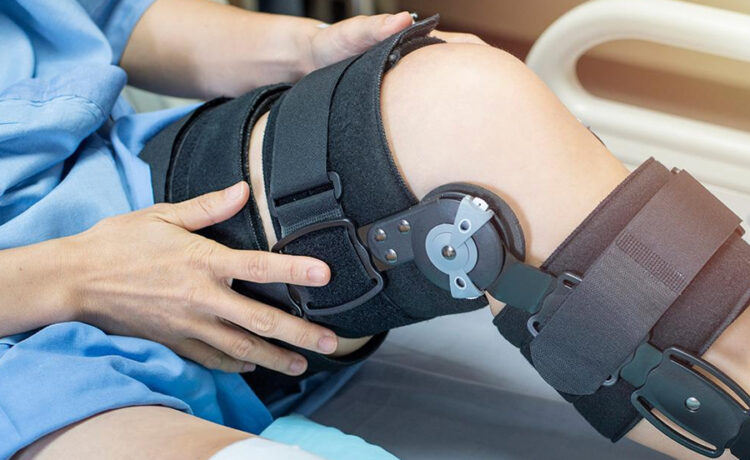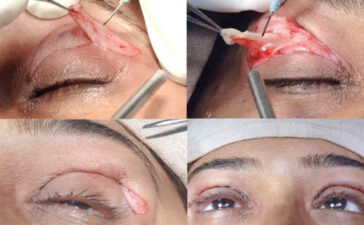One of the important ligaments that supports knee joint stability is the anterior cruciate ligament (ACL). ACL injuries are unfortunately very common, especially among athletes who play sports that require sudden stops, jumps, and changes in direction. If you’ve suffered an ACL tear, it’s important to understand what these injuries are all about.
What Is The ACL?
The ACL is a major ligament that connects your femur to your tibia and helps keep your knee stable It prevents the tibia from sliding out in front of the femur and provides rotatory stability to the knee
Causes Of ACL Tears
There are a few common causes of anterior cruciate ligament injury (ผ่าตัดเอ็นไขว้หน้า, which is the term in Thai):
- Sudden stops while running or landing from a jump.
- Sudden changes in direction or cutting movements.
- Slowing down suddenly when running.
- Direct contact or collision, like a tackle.
These situations place a lot of force and torque on the knee, which can cause the ACL to tear. Some additional risk factors include:
- Previous knee injuries
- Improper training/conditioning
- Muscle imbalances
- Fatigue
Symptoms Of An ACL Injury
If you injure your ACL, you will likely experience:
- A loud, popping noise from inside the knee joint at the moment of injury.
- Severe knee pain and instability in the injured knee.
- Rapid swelling within 24 hours.
- Difficulty bearing weight or walking without pain.
- Sensation of knee instability or buckling when bearing weight.
Seeking prompt medical attention is crucial to properly diagnose and treat an ACL tear.
How Are ACL Tears Diagnosed?
To diagnose an ACL injury, doctors typically start with a physical exam, assessing:
- Swelling and range of motion
- Knee ligament stability tests
- Signs of other knee damage
They may then order imaging scans like MRI or CT scans to confirm the ACL tear and see if there is additional damage.
Acl Treatment Options
Some ACL treatment options include:
- Rehabilitation only for minor partial tears.
- Bracing to improve stability for small tears.
- ACL reconstruction surgery for moderate to severe tears.
Deciding between conservative care and surgery depends on factors like tear severity, your activity level, and your desire to return to sports. Talk to your healthcare provider about the advantages and disadvantages of each option.
To conclude, ACL injuries are very common knee ligament tears, especially among athletes. Understanding the anatomy, how injuries happen, and your treatment options is key. With an appropriate rehab program guided by your doctor, you can recover and play sports again after an ACL tear. Don’t hesitate to ask questions – your medical team is there to help!











